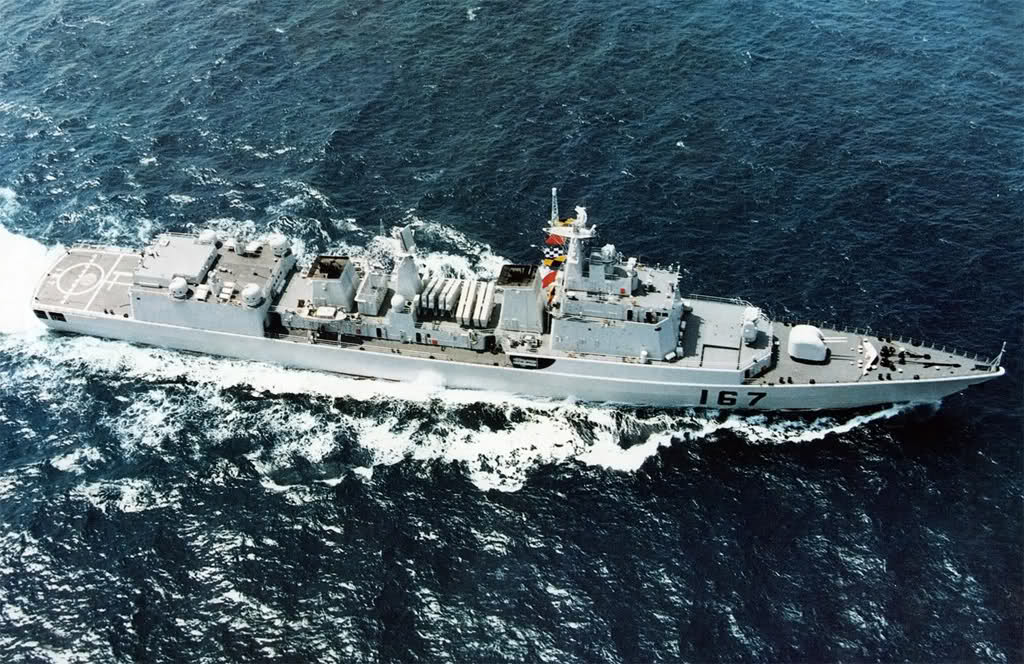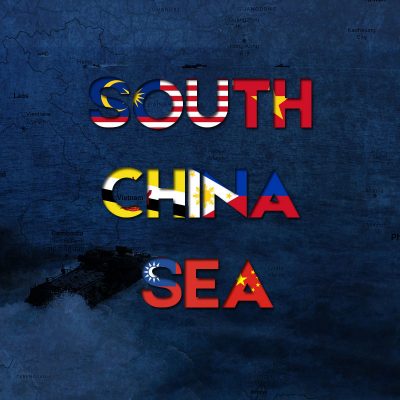China has completed upgrading of major weapons for its Shenzen destroyer, which will return to operations in the South China Sea due to the growing tensions over the disputed territory.

Photo: jagran.com
Beijing has recently completed upgrading of major weapons for its Shenzen destroyer, which will return to operations in the South China Sea in the light of the growing tensions over the disputed territory, the IHS Jane’s Defence Weekly information website reported on Wednesday.
The Shenzen is the only Luhai-class destroyer that China has. Its missile system was upgraded to a 32-cell vertical launch platform capable of firing medium-range HHQ-16 surface-to-air (SAM) missiles with a range of 19 nautical miles and a maximum speed of 2,148 mph (3457 kph). According to defense analysts, the system is comparable to the powerful Russian Gollum/Shtil-2 missile system.
Upgraded surface, air search radars and four 37 mm twin anti-aircraft guns with two Type 1130 close-in weapon systems are among other new combat characteristics, which the ship has acquired. The vessel’s radar system has also been augmented to remove a blind spot in the previous system’s visible range.
The Shenzen was commissioned in 1999. The 6,000-ton destroyer uses a steam propulsion system and doubles as a helicopter hangar with space allowing for the landing and takeoff of up to two helicopters that makes it unique among modern destroyer classes.
Before the upgrading, the Shenzen served in the South China Sea and was Beijing’s flagship of the People’s Liberation Army Navy’s (PLAN) fleet. However, it is still uncertain whether the vessel will currently remain in the position of the PLAN’s command ship.
The main reason of the upgrading of China’s most lethal destroyer is increasing pressure from the West, as well as from regional rivals Japan and Australia, aimed to relax Beijing’s claims over oil rich South China Sea territories, through which some 40% of the world’s shipborne commerce travels each day.




